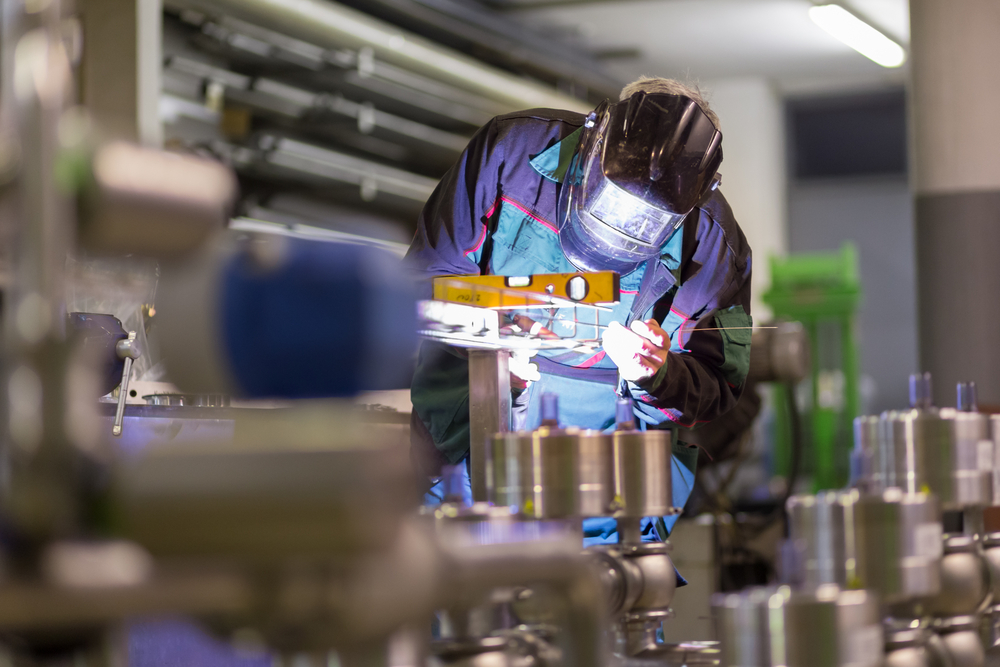3D printing is enabling new business models and supporting low and high-volume manufacturing operations. When applied on an industrial scale, 3D printing is known as additive manufacturing. Manufacturers can easily fabricate products with complex designs or produce customized products that would be too costly with subtractive manufacturing. With many benefits over traditional manufacturing methods, many major manufacturers are actively using or exploring additive manufacturing in their facilities.
With rapid advancements in 3D printing solutions and high-performance materials for industrial-scale manufacturing, more companies will complement existing operations with additive manufacturing processes. Product designers and engineers who consider additive manufacturing vs. subtractive manufacturing need to evaluate the capabilities of each production method and material properties against product requirements. Improving understanding of how additive processes will enable manufacturers to better support their products or their clients for outsourced manufacturers.

Comparing Additive Manufacturing vs. Subtractive Manufacturing
Additive manufacturing refers to one or more 3D printing processes to fabricate a finished product. For subtractive manufacturing, products are produced by removing material from a workpiece. The exact production method will impact the supporting materials, cost, and speed – and understanding how they differ is critical to determining the best method to produce the product.
Additive Manufacturing
Multiple 3D printing processes fall within the umbrella of additive manufacturing. Additive manufacturing enables complex designs and can derisk traditional manufacturing business models with greater agility, localized production, and more automation reducing manual labor. Some popular additive manufacturing processes are material extrusion (FDM or FFF), powder bed fusion (PBF), directed-energy deposition (DED), binder jetting, sheet lamination (LOM), vat photopolymerization (SLA or DLP), and selective laser sintering (SNS). Newer, more innovative optical processes enable the production of high-performing footwear, complex engine components, and direct printing of clear dental appliances from advanced photosensitive materials.
Additive manufacturing processes are ideal for a range of applications across many industries. The processes provide significant design and fabrication freedom, which gives designers the flexibility to be creative and helps companies be agile.
| Speed/Workflow | Production speed depends on the printing volume and z-axis speed. |
| Post-processing | Post-processing steps depend on the additive manufacturing process and can include removal of support structures, annealing, curing, and sanding. |
| Materials | Supports a range of standard and advanced materials, including metals, plastics/resins (polyurethane, TPU, nylon ABS, etc), and biocompatible materials. |
| Accuracy | Highly accurate, enabling complex parts with intricate designs that cannot be fabricated with subtractive methods. |
| Cost | Per-unit cost is dependent on the amount of material used to produce the product. With no tooling costs, designs can be easily modified and printed. |
| Waste | Uses only material required to produce the part. |
| Labor | Advanced 3D printing solutions require less labor and a lower skillset |
3D printing can simplify production by consolidating parts. For products that require multiple parts to meet traditional manufacturing requirements, can now be redesigned and produced as a single structure/piece reducing weight and weak junction points. Part consolidation or reduction also changes the product cost structure by eliminating manual labor for assembly. The additive manufacturing process does not require tooling lowering CAPEX as well as enables high-mix, low-volume manufacturing.
Subtractive Manufacturing
All subtractive manufacturing processes start with a workpiece, where raw material is available as a solid block or bars. A machine removes material with cutting, drilling, grinding, boring, or other processes. They can be highly automated and are generally computer-controlled, making them ideal for high-volume/low-mix manufacturing. Depending on the product, the process may require tooling.
The most common subtractive processes include CNC milling, cutting processes (water jet and laser cutting), electrical discharge machining (EDM), and other traditional methods involving material removal.
| Speed/Workflow | Significant time is needed to understand the product requirements and set up and program the CNC machine. Once programmed it can be highly automated |
| Post-processing | May require sanding and other post-processing steps |
| Materials | Aluminum, plastics/polymers, wood, and some composites. Very limited support of elastic materials |
| Accuracy | Highly accurate |
| Cost | Tooling, programming, and machine costs are amortized across production volume. Per-unit cost is lower when production volume is higher. |
| Waste | Starts with a large block of material and removes material to create a smaller geometry. |
| Labor | Requires specialized, highly skilled laborers to program the CNC and troubleshoot issues. |
Conclusions
By comparing additive manufacturing vs. subtractive manufacturing, we can see there are new approaches and business models enabled by additive manufacturing. The elimination of tooling in 3D printing allows one-off production for rapid prototyping as well as high-mix, low-volume, or on-demand production. It also enables customization that is difficult or impossible with other manufacturing processes. enabling customized products like medical devices, footwear/orthotics, and dental appliances.
In contrast, subtractive manufacturing can provide high throughput for a single product fabricated from common materials. The limited post-processing and high throughput make subtractive manufacturing processes ideal for high-volume manufacturing of simple parts. However, subtractive processes are financially risky for new product introduction where the market has yet to be proven and cannot produce complex designs. With greater flexibility and design freedom, lower manual overhead, and support for elastic materials, additive manufacturing is a better method for rapid prototyping, on-demand production, customization, and elastic products.
If you’ve decided to use additive manufacturing, LuxCreo provides advanced 3D printing solutions using LEAP™ (Light Enabled Additive Production) technology. LuxCreo’s solution of cloud-connected 3D printers can help you scale with on-demand production at a smart factory. For more information on how our services can improve your supply chain and manufacturing processes, visit our contact page or call (650) 336-0888.